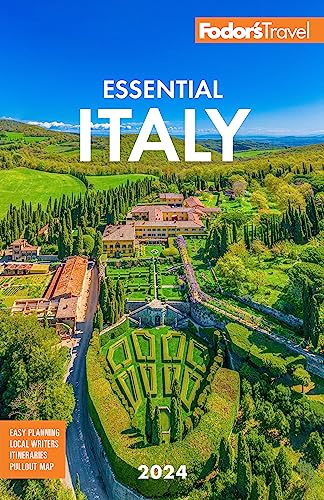Trieste is built along a fringe of coastline where a rugged karst plateau tumbles abruptly into the beautiful Adriatic. It was the only port of the Austro-Hungarian Empire and, therefore, a major industrial and financial center. In the early years of the 20th century, Trieste and its surroundings also became famous by their association with some of the most important names of Italian literature, such as Italo Svevo, and Irish and German writers. James Joyce drew inspiration from the city's multiethnic population, and Rainer Maria Rilke was inspired by the seacoast west of the city.
The city has lost its importance as a port and a center of finance, but perhaps because of its multicultural nature, at the juncture of Latin, Slavic, and Germanic Europe, it’s never fully lost its role as an intellectual center. In recent years the city has become a center for science and technology. The streets hold a mix of monumental, neoclassical, and art nouveau architecture built by the Austrians during Trieste's days of glory, granting an air of melancholy stateliness to a city that lives as much in the past as the present.
Italian revolutionaries of the 1800s rallied their battle cry around Trieste, because of what they believed was foreign occupation of their motherland. After World War II the sliver of land including Trieste and a small part of Istria became an independent, neutral state that was officially recognized in a 1947 peace treaty. Although it was actually occupied by British and American troops for its nine years of existence, the Free Territory of Trieste issued its own currency and stamps. In 1954 a Memorandum of Understanding was signed in London, giving civil administration of Trieste to Italy.




